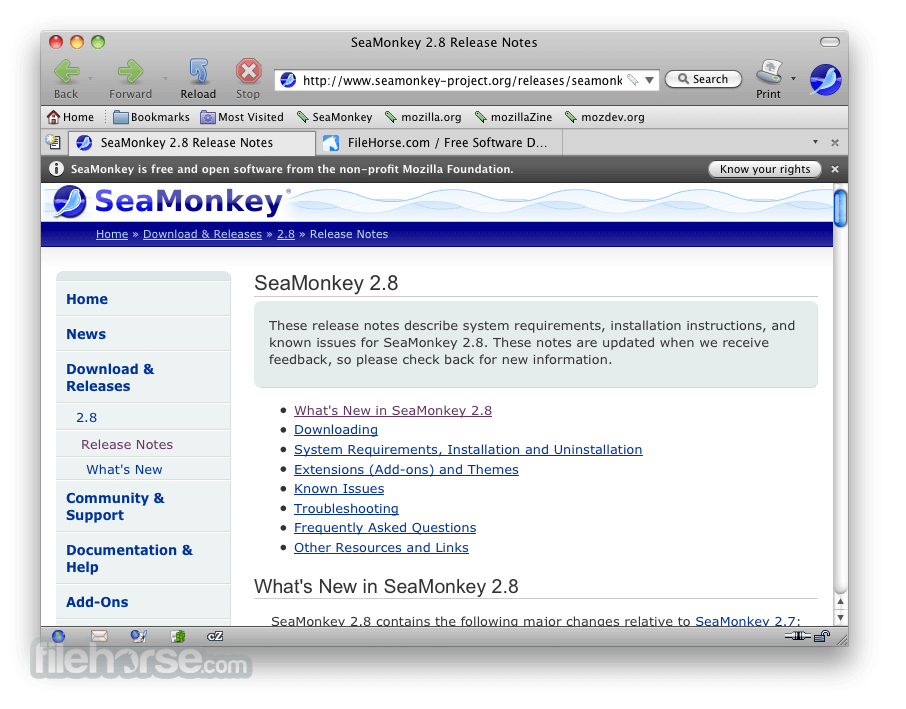
Sea-Monkeys weren’t initially marketed as Sea-Monkeys. I’ve never seen anything that specifically said why Harold Von Braunhut was particularly hellbent on selling brine shrimp to kids, but it’s a good way to make a buck.” 2.

“There was this kind of idea that you could sell science to kids or sell them lifeforms that would entertain them from which they could learn about nature. Hogan says that von Braunhut may also have been inspired by another popular product that hit the market the year before he got the idea for Sea-Monkeys: “This was also around the time of Uncle Milton and his ant farms,” Hogan says. What could be more remarkable than that? … I was always interested in wildlife, and I was looking for something that would interest other people in it." “I thought, if you could take a package of powder and put it in water and see it come to life. "People say, 'What gave you the idea for Sea-Monkeys?'” von Braunhut, who held about 200 patents, said in an interview with the Baltimore Sun in 1997. Von Braunhut, with the help of marine biologist and microcrustacean expert Anthony D'Agostino, figured out a way to treat tap water with a mix of nutrients (von Braunhut called them “magic crystals” and mixed them in a barn on his property) that would revive the shrimp in a tank at home.

While in this state-also known as cryptobiosis-the animals are in a protective cyst-like casing, until water is added. “These shrimp live in salt lakes or salt flats, and when the water of a salt lake evaporates, the shrimp go into this state of suspended animation,” says Patricia Hogan, a curator at the Strong National Museum of Play. In 1957, Harold von Braunhut became fascinated with a species of brine shrimp, Artemia salina, that he saw being sold as pet food in a pet store. Courtesy the Strong National Museum of Play. Trade publication ad for Sea-Monkeys, 1972.


 0 kommentar(er)
0 kommentar(er)
